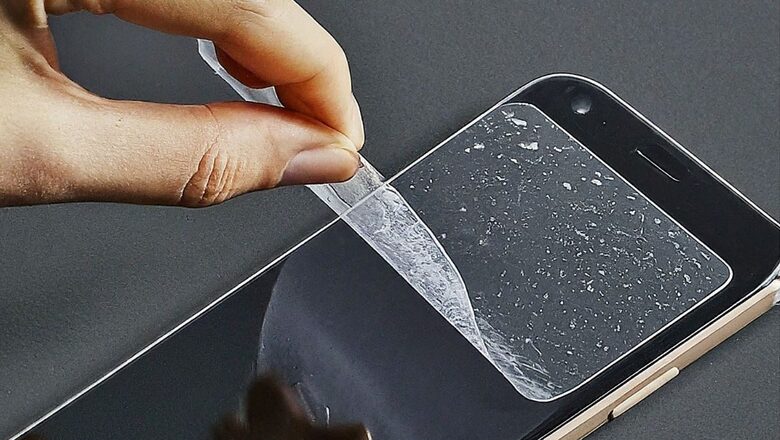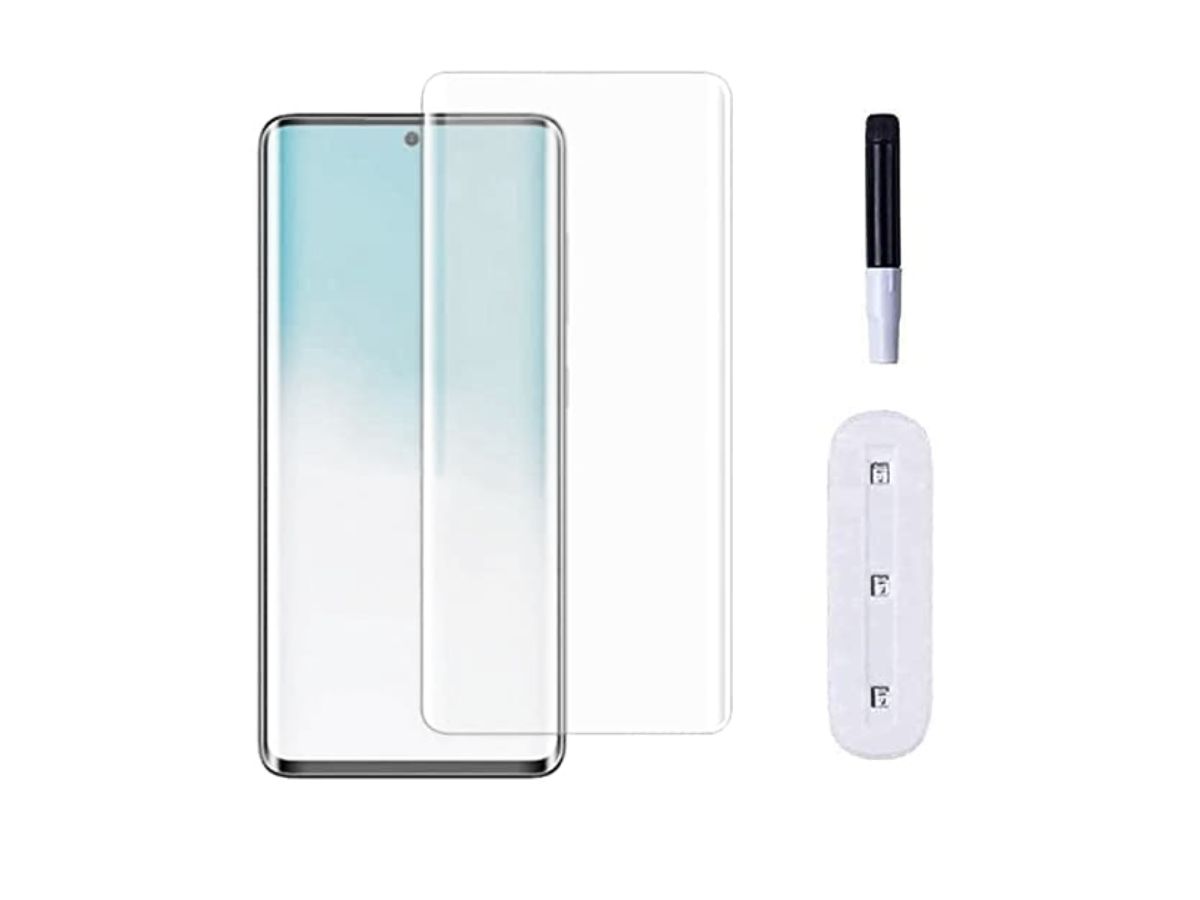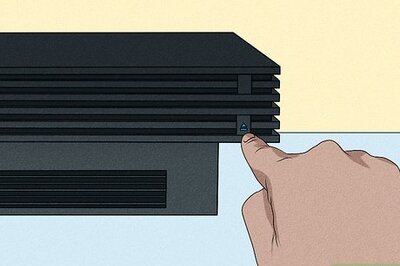
views
The curved design restricts the use of conventional adhesive-based tempered glasses, making it difficult or impossible to find compatible protectors for many phone models. Opting for a traditional screen protector may safeguard against scratches, but it offers no defence against accidental drops or impacts.
This leaves liquid-based UV screen protectors as the only option for devices with curved displays. However, these can be quite risky when it comes to application, and may damage your device.
Now, Xiaomi’s sub brand, Redmi, has acknowledged this, and has advised its customers choosing these protectors to stop using them, or face potential consequences.

“For a seamless experience on your curved display smartphones, we recommend considering alternatives to liquid UV adhesive protectors, as they may impact device functionality and potentially affect your warranty,” Redmi India said on X. This clearly states that using these UV protectors may ruin your device’s warranty status.
Note on Liquid UV Screen Protectors.To find out more – https://t.co/bjl9eJRKTu pic.twitter.com/GBsQsngd6H— Redmi India (@RedmiIndia) February 22, 2024
How Do These Screen Protectors Damage a Phone?
These screen protectors are unlike your typical screen guard or tempered glass, as it involves a UV glue curing process. But, per se, the screen protectors aren’t what end up hurting your device; it is the glue that can cause issues during installation.
Most people tend to visit their local accessory shops to get them installed, and that is where the problem lies.
To install such protectors, the supplied glue is first emptied on top of your device display, and then the curved glass protector is laid on top of it. Once the glue spreads evenly, a UV light is used to cure the glue so that it can harden in place, fixing the glass on top of your display.
Now, you’d ask what’s the issue here? Well, while applying the glue, most people don’t mask the sensitive areas such as the ear piece speakers, bottom speakers, and the side buttons, and often, the extra glue can seep into them. Once you shine the UV light, it can harden in place, potentially damaging your device.
Xiaomi says that this damage can lead to “various issues, including unexpected restarts, button malfunctions, speaker noise, and peeling of the battery cover leather.” Plus, with warranty gone, users can attract undue losses their way when they use this type of protection.
These Screen Protectors Aren’t New At All
Remember when Samsung first introduced phones with curved screens? It was impossible to find tempered glasses for them, even if you did, you would have gotten one with glue on just the edges, leaving a gap between your screen and the protector. Soon after, multiple companies like White Dome came up with glass protectors that actually made contact with your device—the UV glue screen protectors.
And now that curved screens have made it to mid-range devices, it only makes sense that more and more manufactures are making these UV glasses, and as a result end customers are buying these, and potentially getting into problems.
It is likely that Xiaomi service centers must have faced an influx of such customers coming in, prompting this alert.
That said, we have used these protectors, and if you are careful with the application, they work well, and are durable. But it is important to install them rightly and mask the areas where the glue could go in. However, now that Xiaomi may potentially not honour warranty if you are using these protectors, it makes sense to opt for a traditional screen protector instead. While it may not protect your device from falls, it will at least allow you to retain your warranty and keep it safe from scratches.


















Comments
0 comment